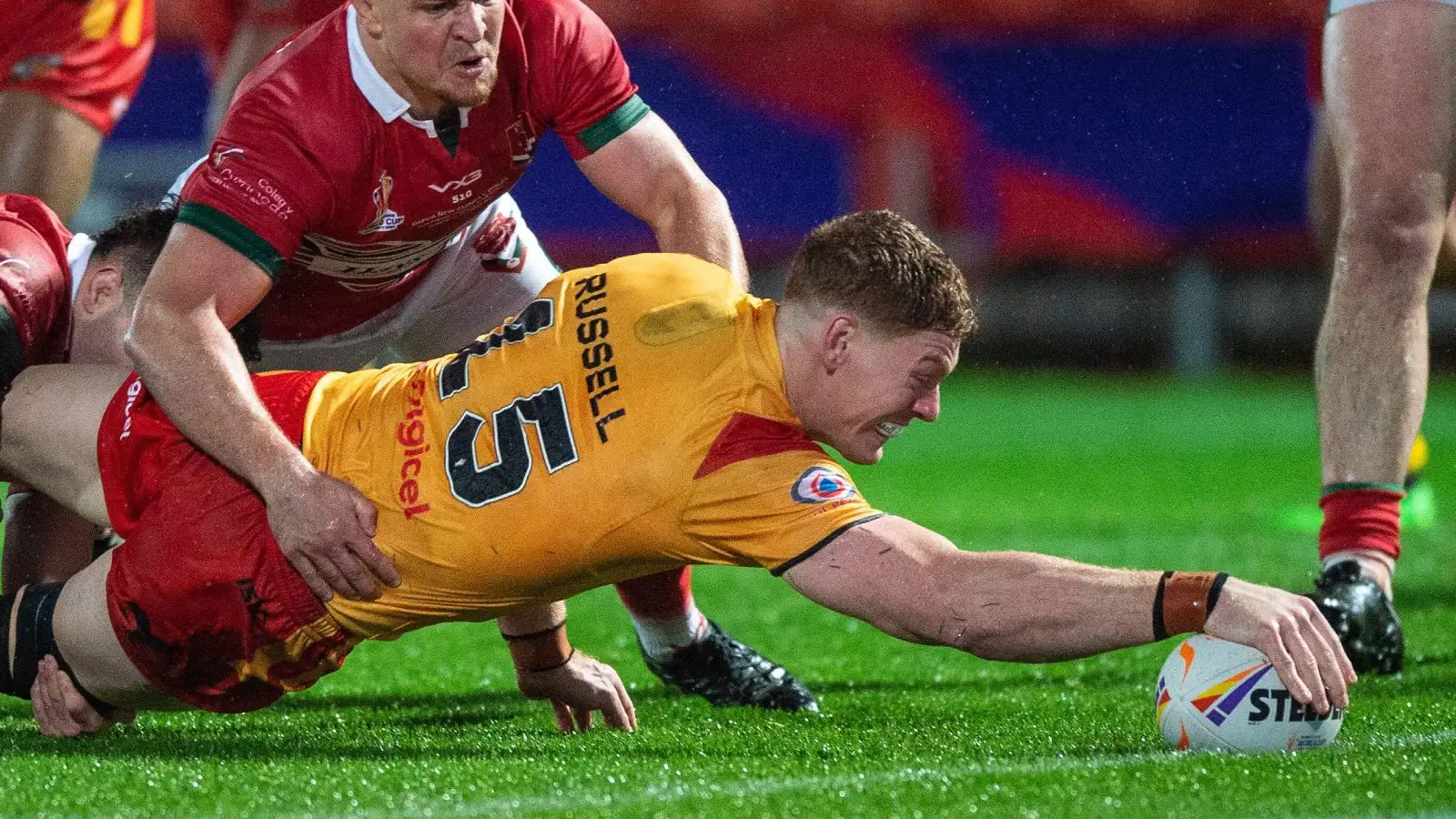International interchanges drop from 12 to 10

The RLIF have issued guidance explaining the new changes to the international rule under which rugby league is played between nations.
The number of interchanges allowed at international level has fallen to 10 from 12, bringing it in line with the NRL and Super League.
There have also been changes to the rules governing eligibility, mainly in relation to countries like the USSR and Yugoslavia, which no longer exist.
“A player will be considered eligible under Rule 3.1 (a) and (b) if the relevant qualifying country no longer exists as a sovereign state or political entity (the “State”),” the rules read.
“Where a qualifying birth certificate refers to a former State a player may nominate the country he wishes to represent from the federated entities that constituted that former State.
“Once a nomination of a country under Rule 3.13 is made, a player may not change the nomination to another entity of the State.
“A player eligible to play for more than one country is still entitled to change his country in accordance with Rule 3.3 but his new country cannot be a former entity of the State.”
RLIF chief executive David Collier elaborated to clarify the rules, tellingrugbyleaguehub.com : “The reason for the change was to address countries that no longer exist – and have become new countries – such as Yugoslavia and USSR
“Countries such as Latvia , Lithuania and Estonia have emerged from the former country and the new eligibility tidies up which country that player is eligible to represent.”
Other eligibility laws remain unchanged. The rule continues to operate that a player may not take part in World Cup qualifiers for one country, and then switch to another for the tournament proper.
The period which a player must live in a new country for which he does not otherwise qualify, in order to become eligible for that country, is three years.



